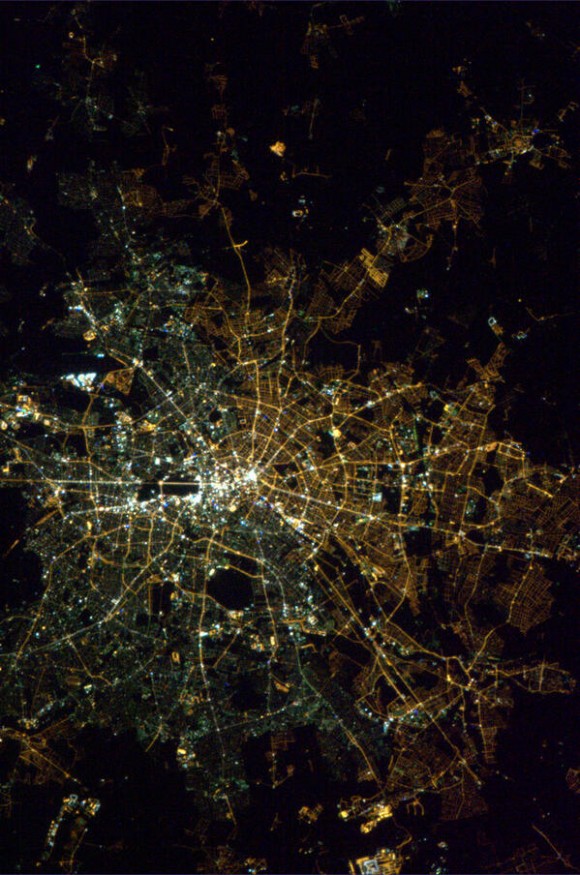Earlier this week on Monday in class, I had brought up the topic of phrenology during our most interesting and lively discussion on ethos, pathos, and logos, and how they fit within an “ideal speech situation,” as Juergen Habermas would call it. For those who do not recall what I said, phrenology is the pseudo-scientific study of the human skull and mapping it out with the belief that certain characteristics of certain parts of the skull have particular implications. The example that I had brought up in class came from the 2012 film “Django Unchained” (If you have not yet seen this film, I highly recommend you do so sometime).
In the film, a Caucasian male tries to claim that bumps on the skull or lack thereof signify Caucasians such as the astronomer and physicist Galileo Galilei to be naturally brilliant and Africans such as the numerous slaves seen throughout the film to be naturally submissive.
(Galileo Galilei)
I had brought up this point to show that logos is not always the most important factor in an ideal speech situation, particularly in response to Kyle’s metaphor featuring the chariot with the white horse representing reason and the black horse representing unbridled and raw instinctive emotion. Kyle reaction to my mention of phrenology clearly showed his feeling of repugnance toward the pseudoscience.
Race has been a factor in human history since we started becoming people of different cultural and ethnic backgrounds. It has of course been the cause of major amounts of conflict, violence, and division throughout the millennia. It is a sad truth about humanity that we often like to pretend is behind us or that we can at least hide from sight. However, hiding human division from sight is a lot harder than it sounds. Even with the Berlin wall now torn down, the divide between East and West Berlin can still be seen clearly from space.
The decades of Soviet domination over East Berlin mean that today East Berliners still use different light bulbs from West Berliners, and this creates a very visible division when viewed from space. The border between India and Pakistan can also clearly be seen from space, as artificial lighting signals attempts to control the flow of people and commodities between the two countries.
Historian Will Durant once said, “A great civilization is not conquered from without until it has destroyed itself within.” If aliens are viewing the Earth from space right now, it is sad to know that they could likely see these divisions that we have set up among us. Perhaps they might feel that we deserve to be conquered if all we have done is tear ourselves apart. However, as astronaut Ron Garan pointed out here (http://www.fragileoasis.org/blog/2011/9/borders-from-space/), when he saw the border between India and Pakistan illuminated in the night sky from space, he also realized what unites us: “We can look down and realize that we are all riding through the Universe together on this spaceship we call Earth, that we are all interconnected, that we are all in this together, that we are all family.”
(Ron Garan)
We are united in more ways than you might realize. Simply by being Eurasian (if anyone in our class is not Eurasian, I am sorry for forgetting about you), we all have one to four percent of our DNA contributed through our ancestors breeding with Neanderthals.
(Model of a Neanderthal man)
Native people throughout Southeast Asia, Melanesia, and Australia all have four to six percent of their DNA contributed through ancestral breeding with the Denisovans, a more recently discovered extinct form of humans that lived throughout Eurasia. A Furthermore, analysis of our mitochondrial DNA (mDNA) (for all you non-science folks out there, mDNA is DNA that specifically is inherited from our mothers only) shows that we (as in every modern human who has ever lived) can all trace our ancestry back to a single woman living in African 200,000 years ago. Actually, based on mathematical calculations of family trees, if you go back even to just the time of the Roman Empire, there should be at least one person on Earth at that time who is related to every human alive on Earth today. Furthermore, that person was likely Taiwanese, seeing as how the island was a major trading port at the time.
Seeing as how we were all born in the 1990s (or, in the case of Kyle, 1980s), it can be easy to forget sometimes how divided we humans truly are. Sometimes a single photo from space is all you need to remember this unfortunate truth about humanity. Yet let us not dwell too much on what divides us but instead focus more on what unites us. We are all human, our ancestries intertwining if you go back just millennia in time, and our DNA more similar than any 19th century phrenologist could ever have imagined. So while conflict is a daily part of society, we ought to not let it cloud our view of the true unity that holds us all together.







Wow, I did not expect your blog to make the turn it did, but I am glad it did. How you tied a discredited science, the views of human division, as well as the common grounds that unite us (earth, genes), into reasons that no matter how much one group hates to admit it, we are all undeniabably similar. This was very well written and insightful. Keep up the good work.